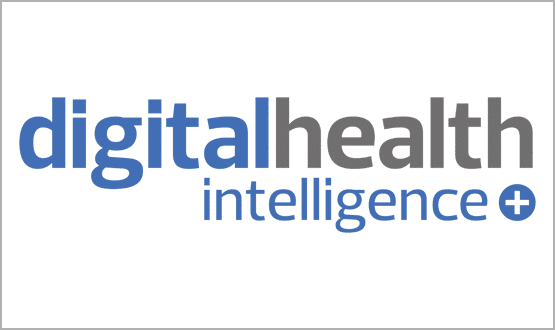Cambridge to use MyChart PHR

Cambridge University Hospitals NHS Foundation Trust intends to start giving patients access to the personal health record MyChart by the end of the year.
Speaking at an event hosted by Hewlett Packard in London, Dr Afzal Chaudhry said the patient portal tool is part of the Epic electronic patient record that the trust went live with in October last year as part of a ten year, £200 million eHospital project.
MyChart is already in use as a PHR for millions of patients of the US whose records are held on Epic. However, Cambridge University Hospitals remains the only trust in the UK to have deployed Epic as its EPR.
This means it is also the first to have the opportunity to roll out the module, which is available via a browser or as a mobile app for both iOS and Android devices.
When used to its full potential, MyChart allows patients to undertake many health transactions, including viewing test results; viewing and scheduling appointments; and uploading data from home devices.
Chaudhry said that the trust will begin with a limited roll-out before the end of 2015 with a focus on patients with chronic disease, such as cancer patients, people on dialysis and patients with chronic arthritis who are regular attendees at the hospital.
“We can show them their notes, they can see their appointments, they can change their appointments through the online portal,” he said.
Functionality would also be limited at the start, although Chaudhry said MyChart is able to integrate with Apple’s HealthKit, allowing it to connect to a range of devices that can record patient information.
Chaudhry said: “Diabetics can record their own blood sugar. People with chronic lung disease can record their own breathing volumes in that system. That means we can track their care even when they are not with us.
“There is an opportunity to integrate technology like Fitbit, or weighing scales at home so more information can come back to us. And that allows us the opportunity for virtual clinics.”
The tool also allows clinicians to video conference with patients, a feature that Chaudhry said would benefit both patients and the hospital by cutting down on the number of times patients travel to hospital.
“It does seem silly to drag people in just to say: ‘I’m fine’. We can use that space for someone with more urgent needs.”
Speaking to Digital Health News after the event, Chaudhry said that both patients and healthcare professionals were “really keen” to use MyChart, but that work was needed to create an operational process for signing people up and getting them to understand and use the system.
“Typically patients with chronic disease are quite good at being their own doctor, so it’s not that by exposing this information to them we will generate a lot of calls. But you need a process to manage it and that will take a bit of organisational understanding.”
Cambridge University Hospitals is also working on personalising the design of the tool, including the colour schemes to use.
At the same event Chaudhry mentioned the trust has progressed well with deploying Epic after going live last year with infrastructure support from Hewlett Packard.
He said there had been an 80% reduction in use of paper notes for inpatients and a 40% reduction for outpatients, which had led to savings of £115,000 per quarter, while patient experience had remained at a stable level.
For a full update on Cambridge’s eHopsital programme, read Thomas Meek’s feature in Insight.
This year’s Health CIO Network annual summer school is taking place in Cambridge on 30 and 31 July, and will include a visit to Addenbrooke’s Hospital. The event is invitation only, but for details and to request a place contact Gillian McDonald.




